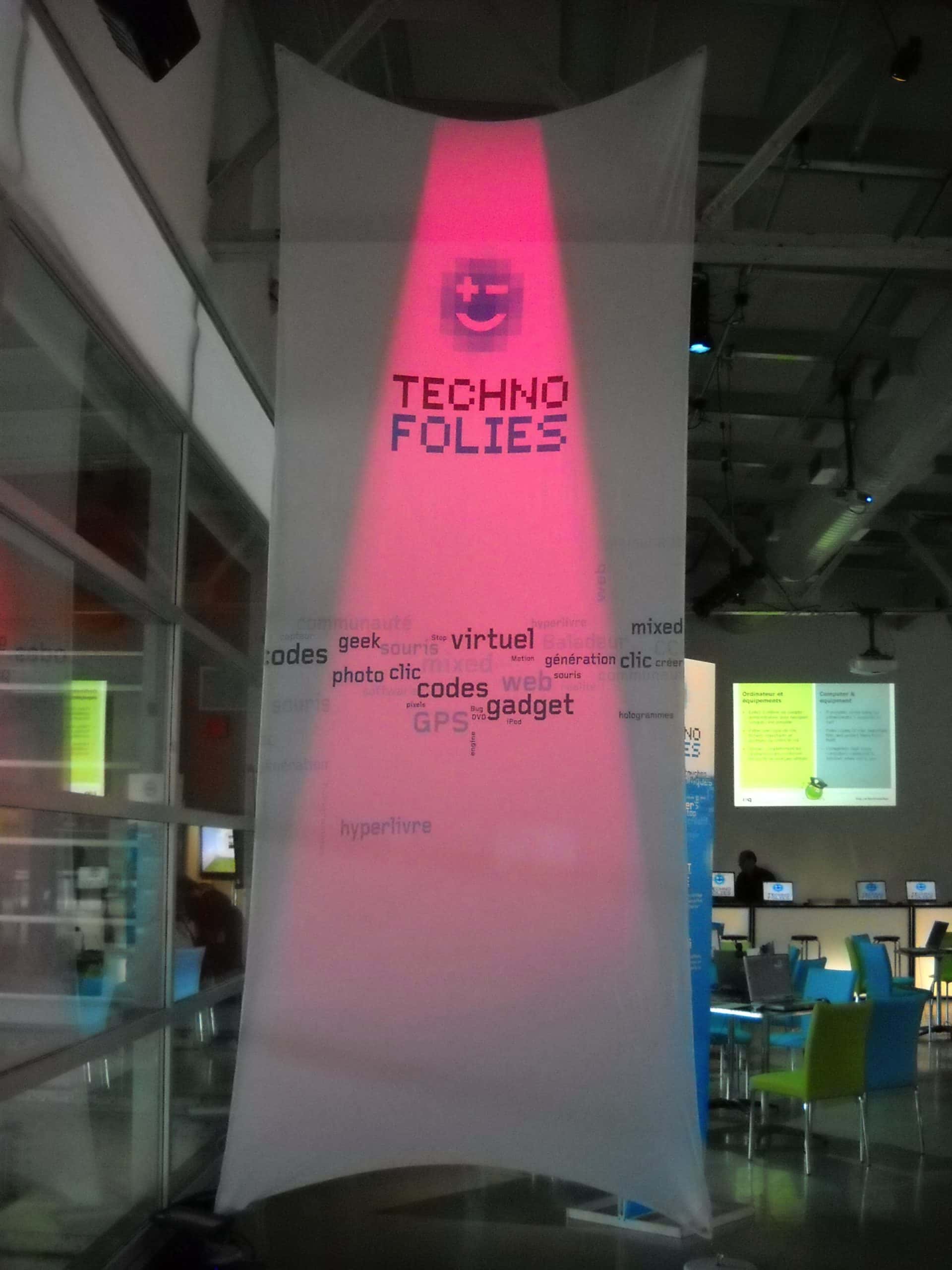When it comes to large format displays, many standards come into play and must be considered.
Outdoor signage is governed by municipalities, while indoor signage concerns building owners, often in conjunction with commercial tenants. In the majority of cases in our industry, we work either with store managers or with event promoters. Indoor signage located in shop windows, visible from the outside, is considered indoor signage; it is therefore not necessary to have it approved by the municipal council.

Outdoor facilities
For permanent outdoor signage, there are municipal signage standards. These can vary from neighborhood to neighborhood, but generally allow for a display that matches 40 linear feet of a building’s frontage. Exceptions or derogations from the rules are possible, but everything must be approved by the city council where the display project is located, whether it is a totem, a building wall or even a sign located on a lot that runs along the street.
If the display is exterior, but temporary, that is, for a period of six months or less, and it is on a site sign, the regulations are much less clear and more permissive. As for the flags, fence banners and tents, these are considered temporary, as they are often uninstalled in the evening and replaced on the site the next day. In addition, this type of display is used mainly in the summer period (from May to October), so it is the type of promotional medium par excellence for outdoor events or for advertising store sales.
Indoor facilities
The products M&M Marketing installs indoors are usually permanent. These are, for example, aluminum frames supporting a canvas printed on fabric, light boxes, banners, or canvases that are integrated into store furniture. This posting does not require any permit, except an authorization from the owner. Often, when it comes to chain stores, it is the construction or marketing department of the head office that decides on the layout of its branches, its design and the visuals that will be displayed there. Quite often, there is a part of the display that is permanent and another part that is reserved for rotating visuals. This usually corresponds to the change of seasons or product lines.

Trade shows and fairs
When it comes to exhibition stands at event shows or trade fairs, there should be a service charge even if the display is temporary. This is not a permit, but a “chargeable authorization” which varies according to location and duration, for example. These events are generally governed by the site promoter (for example the Palais des Congrès, Place Bonaventure or the Olympic Stadium in Montreal) or its subcontractor.
In this situation, each service has a price: authorization for exceeding 90″ in height, fees for access to ceiling anchors for hanging displays, access to electricity, etc. It usually costs an exhibitor around $10,000 just for the price of booking space for a 10′ x 10′ booth at a two-day show. This amount does not include the price of the stand itself (walls, carpets, decor, materials, etc.), costs related to installation, transport and everything else. And here we are only talking about a salon in Montreal! In the case of Toronto or Las Vegas, it is another price category! Just as an example, installers here cost around $50/hour. Those at the Palais des Congrès de Montréal are more expensive ($120/hour), but the Toronto Trade Center is even more demanding. As for those in the United States, it is often double!